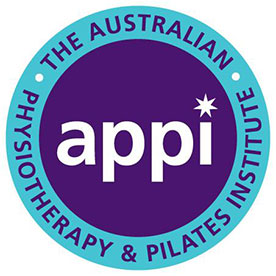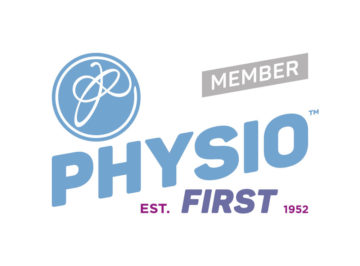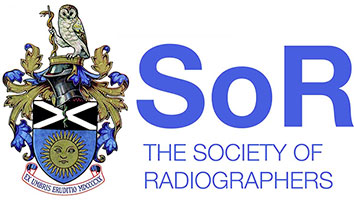.jpg)
Cervicogenic Headache - A real pain in the neck (Part 1)
Most of us can relate to the discomfort and disability experienced from having a headache. The constant pounding, the inability to concentrate and sleep and, more importantly, the severe impact it can have on every-day activities. More than 10 million people in the UK have experienced symptoms of a headache at some time or other. (it is one of the most common health complaints seen by G.P.s). Most headaches aren’t serious and can be treated with medication, physiotherapy and lifestyle changes. But what do we really know about the science behind headaches? In general terms a headache is a pain that occurs in the head and upper neck region of the body. It can affect a small portion of the head, such as the eyes or temples, or it can affect the entire head. The pain may be sharp or dull, and may come along with a variety of other symptoms such as light sensitivity or nausea. Headaches can generally be split into two types: Primary headaches are a result of abnormalities in the brain or head. These include tension headaches, cluster headaches, and migraine all of which are fairly common. Secondary headaches are caused by a disease or medical condition. These may include inflammatory disorders and injuries to the head and neck and they need careful and accurate diagnosis. Cervicogenic headache is classified as a secondary headache. Classifying what type of headache you have is important, as it helps your physiotherapist to determine the best course of treatment for you. What causes a cervicogenic headache - and how is it diagnosed? Cervicogenic headache (CGH) is usually characterized by pain that is referred to the head from the cervical spine (the neck region). Experts believe that the reason neck pain can cause a headache is due to the ‘convergence’ (the coming together) of sensory nerve fibres from the neck and sensory nerve fibres from the trigeminal nerve (the nerve that supplies sensation to the face and scalp). This convergence makes it difficult for the brain to work out where exactly the pain is coming from; in all the confusion, what we feel is a 'headache'. But it isn't a headache: it's actually referred pain. A whiplash injury or poor sitting posture is one common cause of this type of headache, and arthritis can also be a contributing factor.













